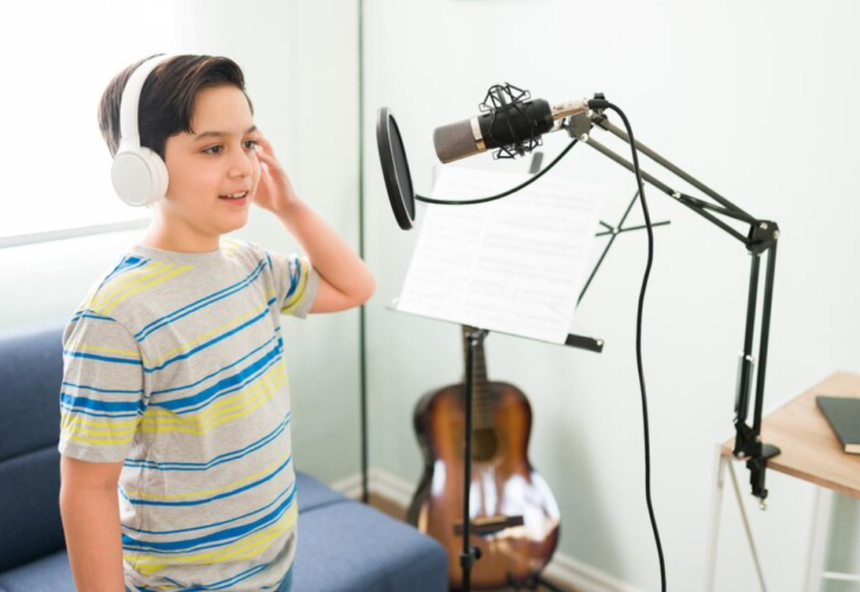Teaching the vocalic R sound can be a challenging task for educators and speech-language pathologists alike. However, with the right insights and techniques, it becomes an achievable goal that can greatly benefit individuals with speech difficulties. In this article, we’ll explore various strategies and approaches to effectively teach the vocalic R sound, ensuring clarity and proficiency for learners.
Understanding Vocalic R
Vocalic R, also known as rhotic vowels, refers to the variants of the letter “r” that function as vowels in the English language. Mastering this sound is crucial for clear and accurate speech, as it occurs frequently in everyday communication. Before delving into teaching techniques, it’s essential to understand the different types of vocalic R sounds, including:
1. Prevocalic R
- Prevocalic R occurs when the “r” sound precedes a vowel in a word (e.g., “red,” “rabbit”).
- Teaching prevocalic r sound therapy involves focusing on correct tongue placement and articulatory coordination to produce the “r” sound smoothly before the following vowel.
2. Vocalic R Blends
- Vocalic R blends involve the “r” sound followed by a consonant (e.g., “br,” “tr,” “dr”).
- Teaching vocalic R blends requires learners to master blending the “r” sound seamlessly with the following consonant, emphasizing clear articulation of both sounds.
3. R-Colored Vowels
- R-colored vowels occur when the “r” sound influences the pronunciation of a vowel, resulting in a distinct sound (e.g., “bird,” “car,” “far”).
- Teaching R-colored vowels involves helping learners produce the vowel sound while maintaining the influence of the “r” sound.
Insights into Teaching Vocalic R
1. Assessment and Diagnosis
- Conduct thorough assessments to identify specific difficulties with vocalic R sounds, including articulation errors, phonological processes, and oral motor skills.
- Tailor interventions based on individual needs and goals, considering factors such as age, cognitive abilities, and cultural background.
2. Establishing Correct Placement
- Focus on correct tongue placement and airflow for producing vocalic R sounds, emphasizing the importance of tongue elevation and tension reduction.
- Use visual aids such as mirrors to help learners understand and monitor their articulatory movements, providing real-time feedback on tongue positioning.
3. Auditory Discrimination
- Develop auditory discrimination skills by contrasting vocalic R sounds with similar phonemes, such as /l/ or /w/.
- Engage learners in activities that involve identifying and differentiating between correct and incorrect productions of vocalic R, using auditory stimuli and minimal pair exercises.
4. Multisensory Approaches
- Utilize multisensory techniques incorporating visual, auditory, and tactile modalities to enhance learning and retention.
- Incorporate props, gestures, and tactile cues to reinforce correct articulatory movements, providing a multisensory experience that caters to different learning styles.
5. Contextualized Practice
- Embed vocalic R practice into meaningful contexts such as conversation, storytelling, or role-playing, allowing learners to apply newly acquired skills in real-life situations.
- Scaffold learning by gradually increasing the complexity of linguistic tasks, starting with isolated sounds and progressing to more challenging speech tasks.
6. Motivational Strategies
- Incorporate motivational strategies such as goal-setting, positive reinforcement, and rewards to encourage engagement and persistence in vocalic R practice.
- Celebrate progress and achievements, no matter how small, to boost learners’ confidence and motivation to continue working on their speech skills.
7. Parent and Caregiver Involvement
- Involve parents and caregivers in the learning process by providing them with resources, strategies, and support to reinforce vocalic R practice at home.
- Educate parents about the importance of consistent practice and provide guidance on how to facilitate speech practice in everyday activities.
Techniques for Teaching Vocalic R
1. Drill and Practice
- Implement structured drill activities focusing on repetitive practice of vocalic R sounds in various word positions and sentence structures.
- Gradually increase the complexity of drills by incorporating longer phrases, sentences, and conversational speech.
2. Modeling and Imitation
- Model correct productions of vocalic R sounds using clear and exaggerated articulatory movements, encouraging learners to imitate.
- Provide opportunities for guided practice and corrective feedback to reinforce accurate production of vocalic R sounds.
3. Visual Feedback Tools
- Utilize visual feedback tools such as spectrograms or speech therapy apps to visually illustrate correct articulatory patterns during vocalic R production.
- Encourage self-monitoring by displaying visual representations of vocalic R productions, allowing learners to track their progress and make adjustments accordingly.
4. Articulation Games and Activities
- Engage learners in fun and interactive games targeting vocalic R sounds, such as tongue twisters, word puzzles, or online articulation games.
- Foster peer interaction and collaboration through group games and competitions, creating a supportive learning environment that encourages practice and socialization.
5. Progress Monitoring and Feedback
- Regularly monitor progress through formal and informal assessment measures, tracking improvements in vocalic R production over time.
- Provide constructive feedback and positive reinforcement to acknowledge achievements and motivate continued practice and learning.
- Adjust teaching strategies based on individual progress and feedback from learners, ensuring interventions are tailored to meet specific needs and goals.
Conclusion
Teaching vocalic R requires a comprehensive understanding of speech sound production, as well as patience, creativity, and flexibility in instructional approaches. By incorporating the insights and techniques outlined in this article, educators and speech-language pathologists can effectively support learners in mastering this essential aspect of speech. With consistent practice, personalized interventions, and a supportive learning environment, individuals can overcome challenges associated with vocalic R and achieve clear and confident communication skills.



